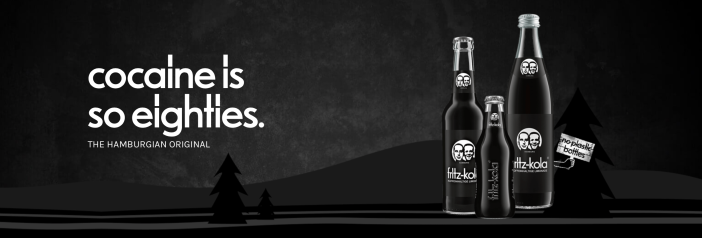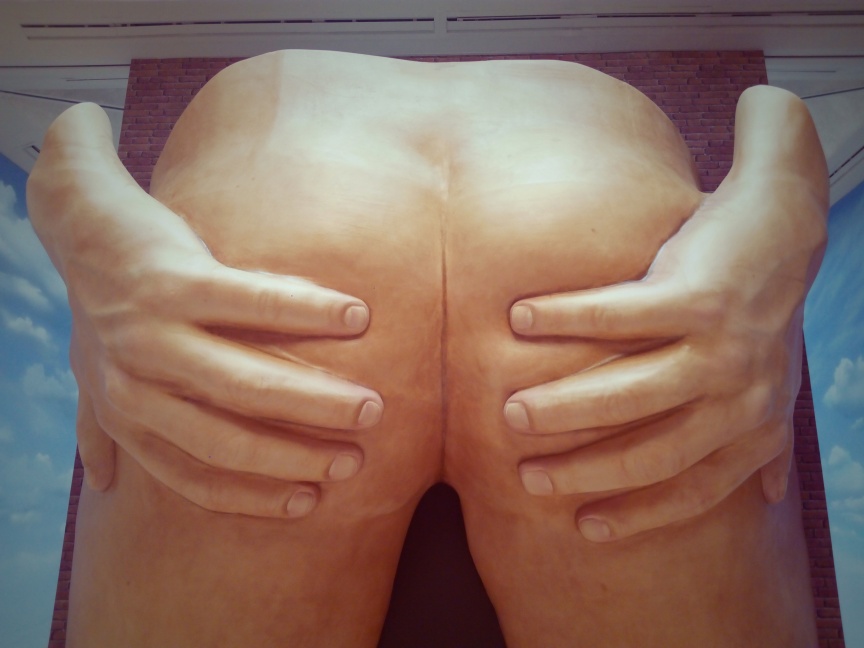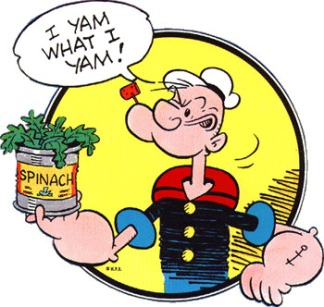
In our last session we explored the subject of cinema as face and mirror and how the spectator participates of this. Mirrors can work in cinema as either a window to the unconscious or a cinematic sign that reflects or reflexes what has just been seen. On top of that we discussed about the mirror neurones and how cinema stimulates them.
In order to further expand myself on the topic and to clarify my explanations, I picked the Christopher Nolan’s acclaimed film ‘Memento’. This neo-noir psychological thriller from 2000 is known for its complex non-linear narrative. From my point of view, cinema as mirror is perfectly pictured in this film using the main character, Leonard Shelby, a series of key objects and a mind-knotting scene structure throughout the entire film.
I would like to start with the more logical and literal meaning of mirror: the object that reflects what is in front of it. Many are the times that Leonard stares in front of the mirror to see his reflection and all the tattoos all over his body that he uses as eternal important notes to himself. The fact that Nolan presents this significant aspect of Leonards life through a mirror, makes the audience aware that Leonards is also a spectator of his own life contemplating those tattoos that work as clues for both him and the audience. Similarly, the idea of cinema as face is illustrated through the Polaroid pictures Leonard takes of the other important people that to his own judgement are related to the murder of his wife. Underneath the pictures, he writes down key information about the person on the picture. This key information is likewise delivered to the audience and it’s in some cases the only news the viewer has about certain characters.
Secondly, ’Memento’ works as a window to the unconscious in the sense that the audience travels to the mind of the Leonard. This is accomplished by the odd alternation of scenes that builds the film. This puzzled structure leaves a disturbing and disconcerting feeling on the audience that, in fact, helps the viewers to go inside Leonard’s conscious and identify themselves with the disorientated mind of Leonard who suffers from short-term amnesia and is unable to store recent memories.
In regard to the cinematic sign that reflects what has just been seen, ‘Memento’ is the best example I could think of, and in my opinion it perfectly fits the purpose. Thus, the film follows two main timelines that can be easily distinguished because one if in black and white and the other in colour. Those timelines are constantly mirroring each other. For instance, Leonard sees a Polaroid or reads one of his tattoos, and the next scene is a flashback of how Leonard first discovered that bit of information, or he talks on the phone about someone and the next scene introduces that person. Hence, the scenes are consistently reflecting each other like a corridor of mirrors until the end of the movie when the illusion breaks and the audience eventually discerns what is the truth and what the reflection.
All in all, I believe that doing cinema as a mirror is one of the most complex yet elaborated and jumbling ways to do it. Indeed, is a more effective way to drag the viewer into the movie and make him or her not just witness the story from outside but get them lost in a labyrinthine set of mirrors that instigates them to take part in the story and choose what to believe, what to trust, what to support. From my perspective, a more interesting and stimulating way to watch a movie.

















